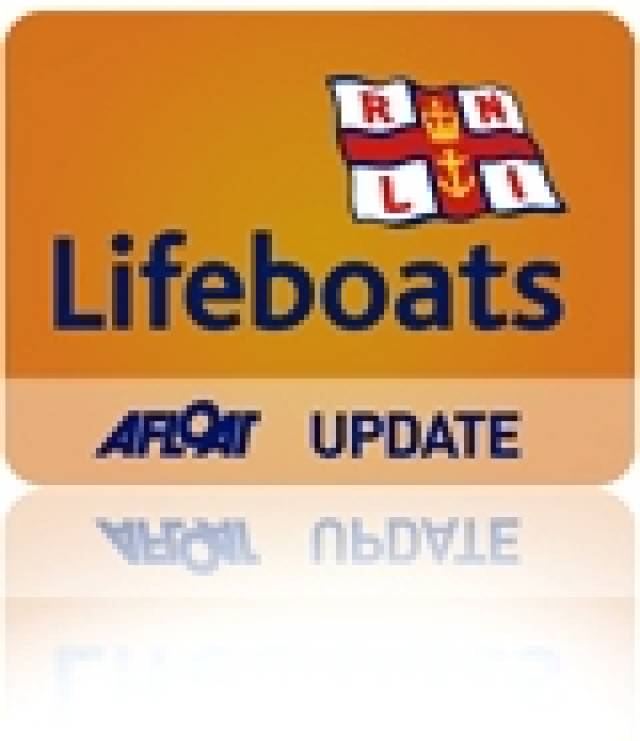#RNLI - Dun Laoghaire RNLI was involved in the recovery yesterday afternoon of a sinking boat following the rescue of three people after the vessel began to sink off the Wicklow coast.
Three people were pulled from the water when their small boat got into difficulty off Bray on Sunday 12 May.
A local boat responded to the Mayday alert and brought the casualties to safety.
The RNLI lifeboat from Dun Laoghaire and the Greystones Coast Guard boat took the boat that was almost fully submersed under tow to shore.
Winds gusted to storm force towards the end of the operation but conditions were otherwise fresh, with only choppy waves off the coast.
The incident occurred shortly after midday when the 15ft speedboat was almost one mile from Bray Harbour.
































































